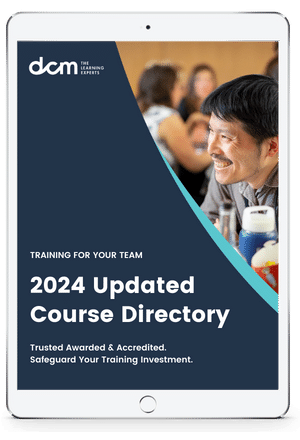In the video above, Padraig talks about the importance and need to focus on customers. The first principle of Lean is that we define value from the perspective of our customers.
An internal customer is the one who is affected by the product or service as it is being generated. The internal customer is sometimes forgotten in the effort to produce an item or service for the external customer. The immediate goal should be to produce a product or service in a simple and convenient manner for internal consumption. The effort to remember ‘to do’ things in a specific way, to be trained properly, to be given the proper equipment or to be given specific instructions can often be neglected.
Research has shown that management practices relate to employee satisfaction, which also impacts customer satisfaction. When employees are satisfied with their treatment, given the right tools to do the job and supported by management; customers are more likely to have higher perceptions of quality and will continue to do business with the company.
External customers are not part of the organization but are impacted by it. Generally, external customers play a critical role by providing the major portion of company revenues.
End Users
The category of external customers includes those that purchase a product or service for their own use. In this case, they would be the “end-user” of the product. Intermediate customers purchase the product or service and then resell, repackage, modify or assemble the product for sale to an end-user. These “channels” can provide volume sales opportunities for business but will have significantly different requirements than end-users.
Examples of intermediate customers in other areas include:
- Retailers
- Distributors
- Manufacturer’s representatives
- Wholesalers
- Transport companies
- Impacted Parties
- The third external category are those who did not purchase or use the product but are impacted by it
- The impacted parties for an educational system might include:
- Parents
- Service companies who hire students
- Communities
- Vocational schools
- City governments
- Colleges and universities
- Civic groups
- Service companies who are suppliers
- Meeting external customers needs can become a complex process
- External Customer Identification
- External customers may be sorted in many ways in an attempt to better understand their requirements and identify possible market niches
- Business customers can include for-profit and not-for-profit enterprises
- Examples of not-for-profits might include schools, hospitals, public agencies
The various customer groups could also be reviewed for:
- High-profit margin
- Competition in the market
- Risk of market
- Growth in the market
The consumer customer market differs from the business market as follows:
- The consumer market has a large number of customers
- The majority of consumer purchases are small in actual dollar amounts
The transaction is usually a simple purchase
- Most consumers are not very knowledgeable about the product
- The supplier does not share proprietary information with the consumer
In contrast, business customer acts in the following manner:
- There are a very small number of business customers; maybe only one
- The amount purchased per transaction is quite large
- The purchase is handled through specialised personnel
- The customer may know more about the requirements than the producer
- The supplier may allow the customer access to all sorts of information
- It is also important to look at the market for the next two to five years and estimate how it will change and grow
- This requires a look at all potential customers and their requirements
- Surveys can establish a communication process serving as a tool for overall improvement
Source: Greycampus
Course Overview
Our Lean Six Sigma courses provide in-depth training on FTY calculations and its importance in production processes, measuring the quality and efficiency of a process by evaluating the proportion of defect-free units produced. Our Lean Six Sigma courses equip professionals with the knowledge and tools needed to master FTY and drive continuous improvement in their organisations. Join us to learn from industry experts and take your career to the next level.
Membership, Stay Connected. Stay Relevant.
Completing a program is a point-in-time exercise that delivers huge value, but there is a next step to maintaining the currency of your skills in the ever-evolving professional world.
Membership is the next step.
A unique platform, membership is designed to ensure that you are in tune and up-to-date with the latest tools, trends and developments. Being a member provides just-in-time training and continuous professional development, and an exclusive and evolving content library informed by subject matter experts and industry leaders.











